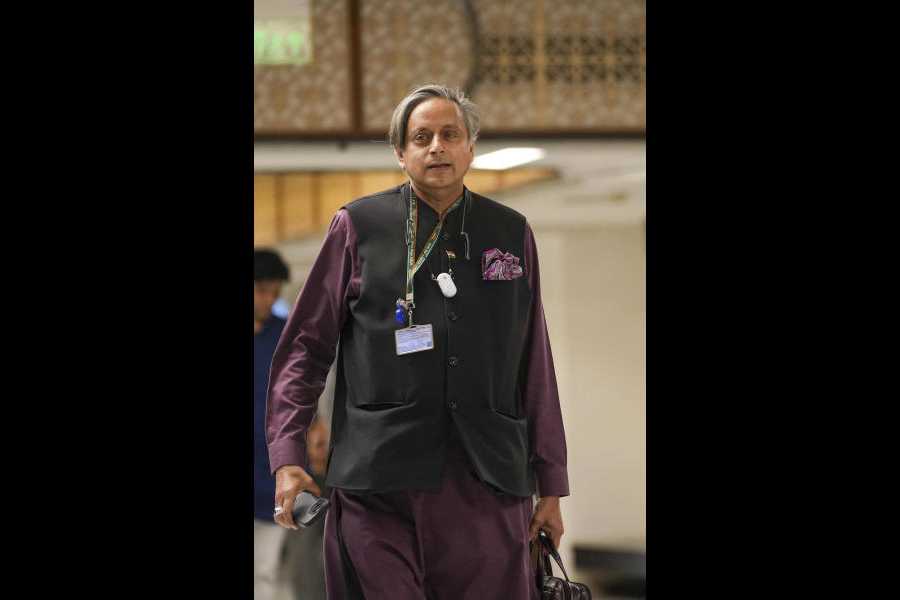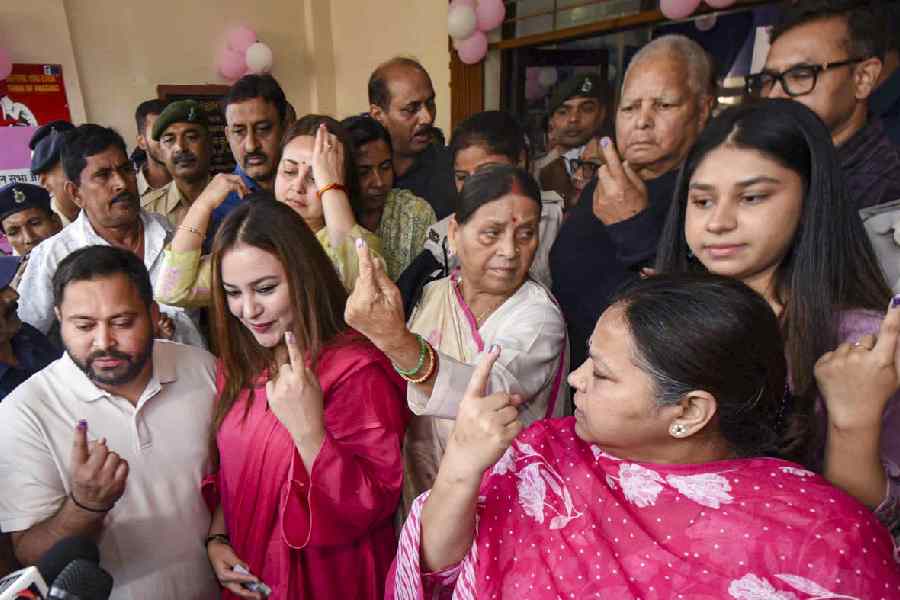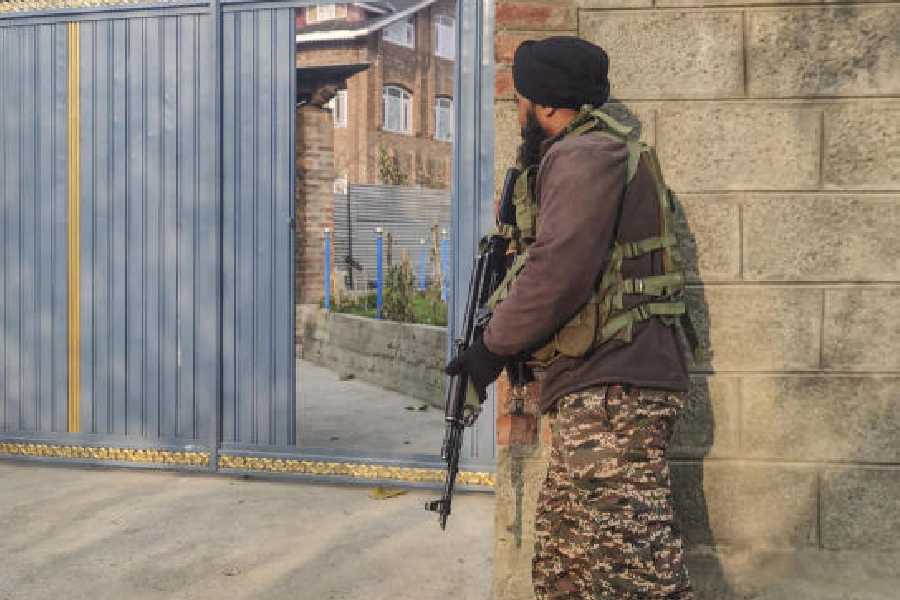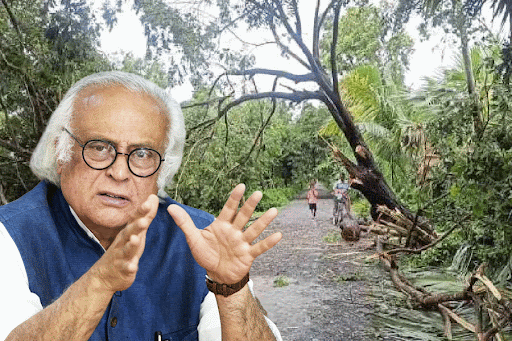 |
Bhubaneswar, Oct. 26: Class III students in government-run schools continue to put up a baffled face while reading comprehension or are asked to recognise words. The students are equally puzzled when asked to solve basic arithmetic.
The findings of the recent National Achievement Survey (NAS) for Class III students by the Union ministry of human resource development (HRD) conducted to monitor children’s learning levels has come out with the findings that Odia students lagged behind at least 22 states and Union territories in language and arithmetic.
The survey quizzed 3,471 students in 248 schools in 12 districts of the state on listening, word recognition, reading comprehension and solving basic arithmetic. According to the report, the percentage of students who are able to listen, recognise words and read comprehension is lower than the national average.
The overall findings showed that Class III students all over the country were able to answer 64 per cent of language items correctly and 66 per cent of arithmetic questions correctly, while in Odisha, the students were able to answer 62 per cent of language items and 63 per cent of arithmetic questions correctly.
When it came to listening, Odia students were at 62 per cent, three points behind the national average of 65 per cent.
In reading comprehension, while 59 per cent of students could comprehend what they are reading at the national level, only 58 per cent of Odia students were able to achieve that basic feat. Similarly while 86 per cent students can recognise words at the national level, only 80 per cent students from Odisha succeeded in recognising them.
Similarly in arithmetic, Odia students performed lower than the national average in almost all abilities. While 69 per cent of the students on an average in India could solve addition, only 64 per cent Odia students could add correctly.
When it comes to solving subtraction, only 60 per cent students from Odisha against 65 per cent students nationally could solve them.
In multiplication, 61 per cent students could multiply correctly against the all India average of 63 per cent and only 55 per cent students could solve division against an all India average of 57 per cent, states the NAS report.
Odisha fared better than Jharkhand and Bihar, but lagged behind Bengal in language. However in arithmetic, Odia students lagged behind both Jharkhand and Bengal.
“The ability to understand simple texts or solving basic arithmetic is fundamental to learning. Without these skills in the primary classes, children have difficulty when they move on to higher grades,” said retired headmaster Shubhranshu Jena.
“The purpose of such assessment is to obtain an overall picture of what students in specific classes know and can do and to use these findings to identify gaps and find out areas where there is scope for improvement. The state government should make the best use of these findings and work appropriately to address the problem,” said Jena.
Secretary of school and mass education department, Usha Padhi said: “Learning outcome is our concern too. A programme called Sahaj to focus on age appropriate competencies among students from Class II to VI is being undertaken. Such surveys will further help design learning programmes on eading, writing and arithmetic.”
Method
The survey assessed students’ abilities by using multiple-choice questions based on a passage that was read out by the invigilator, by matching the picture provided to the correct word from two given options, by being asked to read a calendar/paragraph/advertisement and then locate specific information.
Similarly in arithmetic, students were assessed on their skills on two and three digit numbers and simple word problems. Recognising and arranging numbers in a sequence, identifying two- dimensional figures and identifying simple number patterns, along with solving addition and subtraction problems.










